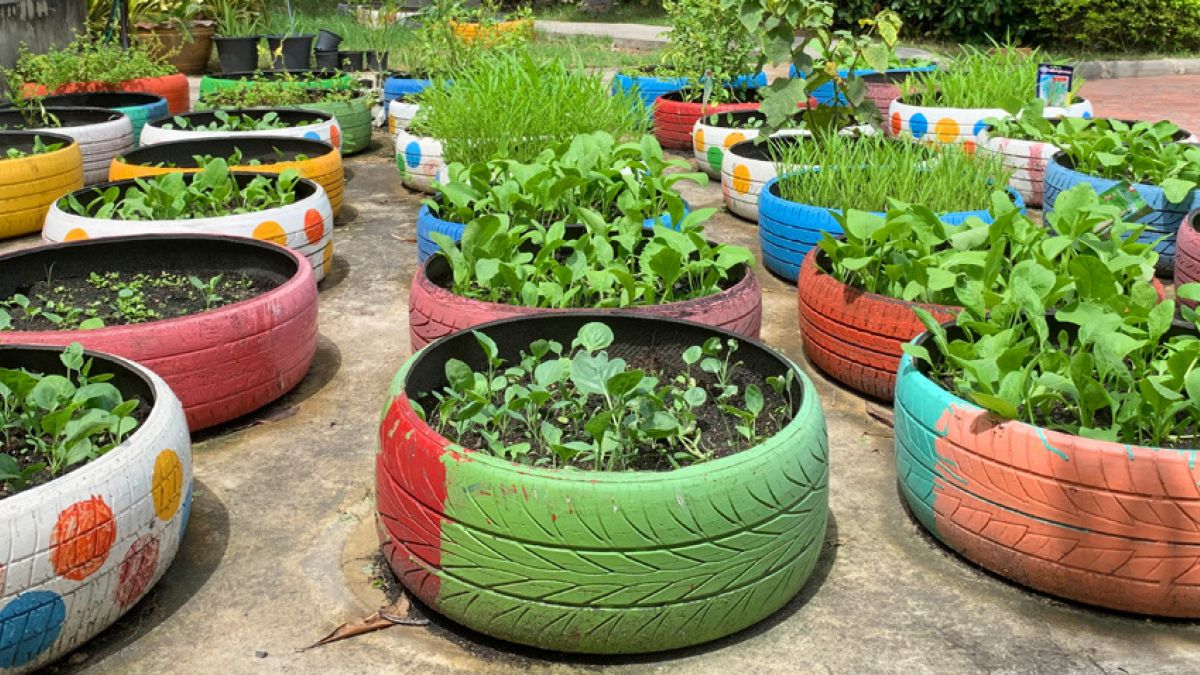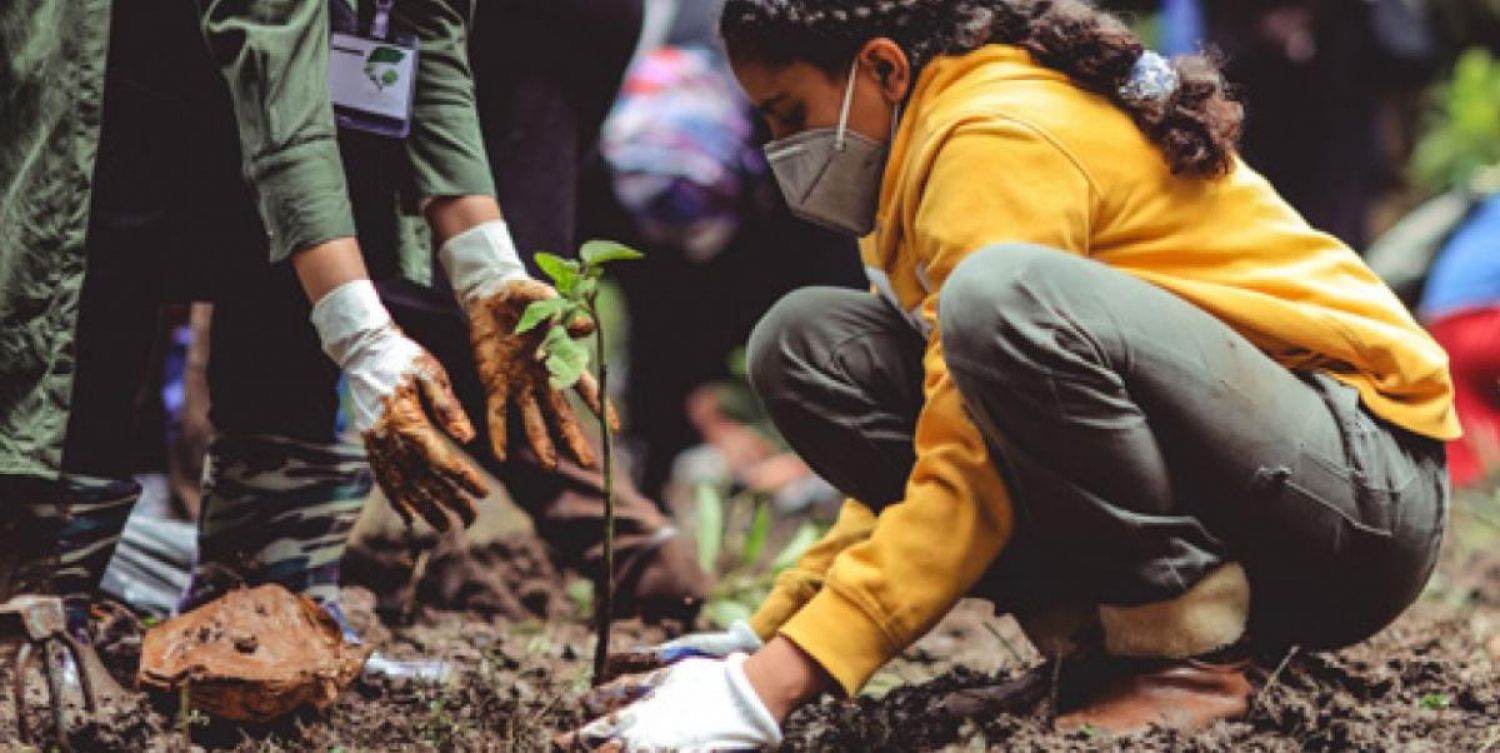Overview
Stanford Analysis of More than 100 Studies Finds Environmental Education Supports Conservation Results
Researchers Discover Increases in Pro-Environmental Behavior, Positive Environmental Impacts, and Community Capacity to Address Environmental Issues
Researchers at Stanford University analyzed 105 peer-reviewed studies to assess environmental education’s effects on conservation outcomes. The findings suggest that environmental education helps support and sustain a range of conservation efforts, including community conservation work. It engages key audiences and helps people understand, care about, and take effective action on environmental issues.
Environmental education programming is often core to the work of conservation nonprofits, government agencies, zoos, aquariums, museums, nature centers, and other organizations focused on addressing environmental issues. This research review found documented evidence that many of these programs successfully support conservation work, including improving environmental quality and partnering with community members, scientists, environmental professionals, and others.

Bottom Line
Stanford’s research review offers compelling evidence that environmental education contributes to conservation and environmental quality in five key ways: (1) building knowledge, skills, and intentions to adopt environmental behaviors; (2) adopting pro-environmental behaviors in participants’ personal lives; (3) taking direct environmental actions during the educational programs; (4) building community conservation capacity; and (5) measurably improving the environment.
In Summary
Stanford’s analysis suggests that environmental education is an important strategy to develop individual pro-environmental behaviors, build community capacity, support conservation action projects, and ultimately, contribute to addressing long-term environmental and conservation goals. Based on this analysis, the Stanford team identified successful strategies for conservation practitioners, resource managers, and educators interested in designing and implementing environmental education programs to achieve direct conservation outcomes.
References
1 Environmental behaviors were either self-reported (29% of the studies), such as participants reporting that they reduced their water waste after returning home from a program, or observed directly (10% of the studies), such as researchers monitoring changes in energy use and transportation behaviors at a school throughout the program.
2 Most actions related to improving degraded environmental conditions, such as planting trees for habitat restoration; cleaning up beaches, streams, or schoolyards; removing invasive plant species; and/or monitoring environmental conditions to collect data.
3 Capacity building includes outcomes such as improved relationships and communication within a community, increased participation in conservation projects, establishing local environmental groups, and building formal or nonformal educators’ professional skills and knowledge.
4 Direct improvements include physical impacts to environmental indicators, such as improved water quality or enhanced levels of biodiversity.
Key Findings
Stanford University researchers' findings suggest that environmental education helps support and sustain a range of conservation efforts, including community conservation work. It engages key audiences and helps people understand, care about, and act on environmental issues.
Download the Executive Summary
Snapshot of Findings
Environmental education builds knowledge, skills, and intentions to adopt environmental behaviors.
Eighty-seven percent of the reviewed environmental education studies reported outcomes such as awareness, knowledge, intentions, or skills that may support personal environmental behavioral changes, such as buying local foods or increasing participants' efforts to save water or energy at home. Research shows that actions such as these may indicate the start of long-term personal pro-environmental behavior change.
Environmental education can increase people's pro-environmental behaviors.
In some of the reviewed studies, individuals were directly observed changing their behavior, while in others, participants reported that they had changed their behaviors.
Environmental education programs often include hands-on actions for the environment.
While engaging in environmental education, participants undertake activities to benefit the environment, such as planting trees, cleaning up schoolyards, streams, or beaches, or monitoring species or habitats to assess environmental quality.
Environmental education builds community conservation capacity.
Environmental education programs can increase a community's capacity to address conservation issues. The programs help create an informed citizenry, increase community participation in conservation projects, and inspire the creation of local environmental groups.
Environmental education can directly improve the environment.
Some environmental education programs measure changes in environmental indicators, such as water or air quality changes. Assessing how a program has specifically improved environmental quality is an explicit, integral part of its success.
EXPERT INSIGHT
Environmental education’s ability to create changes in student pro-environmental behaviors and attitudes is what society . . . will find to be necessary to create the next generation of environmental advocates and stewards.
– Dr. Andrew Schneller, Assistant Professor of Environmental Studies and Sciences, Skidmore College
Tools
Communication Tools
Based on Stanford's review, we have translated these findings into several communication tools for EE professionals to use to substantiate their work and bolster support for programming that supports and sustains a range of conservation efforts. These tools include pull quotes, statistics, researcher observations, inspiring stories from across the field substantiated by empirical studies, and more.
We have developed three communications tools associated with Stanford's research review:
Executive Summary
A summary of Stanford University’s key findings with pull quotes and statistics, compelling stories, and researchers’ observations across the field.
Strategies
View the strategies for enhancing and improving Environmental Education for Conservation based on the research.
Messaging Guide
Guidance for promoting the benefits of Environmental Education for Conservation with key audiences.
Process
From Anecdotes to Evidence: Diving into the Research Review Process
Download the Research Review Process
What is the impact of environmental education (EE)? What outcomes are important in the field? What do EE programs strive to attain, with which audiences, and in what settings? What existing evidence documents effective approaches related to the range of desired EE outcomes?
Questions like these motivated NAAEE and colleagues, including an expert Advisory Board, to develop eeWORKS, an initiative to coalesce existing research within the field through a series of systematic literature reviews.
The eeWORKS team at NAAEE, along with researchers at collaborating universities, focuses a three-part process to:
- Identify relevant outcome areas and themes of interest.
- Conduct research reviews.
- Communicate and share.
Research
Researchers at Stanford University analyzed 105 peer-reviewed studies to assess environmental education’s effects on conservation outcomes. The findings suggest that environmental education helps support and sustain a range of conservation efforts, including community conservation work. It engages key audiences and helps people understand, care about, and take effective action on environmental issues.
The Stanford team conducted an additional analysis to identify just what kinds of environmental education strategies and programs had the most effect. The research found that people who want to use environmental education to achieve direct conservation outcomes should design and implement programs that (1) focus on local environmental issues, (2) form partnerships with scientists and resource managers from local agencies and organizations, (3) incorporate action projects aimed at solving at least part of a problem, and (4) are creative and thorough in measuring and reporting program outcomes. Please refer to Key Environmental Education Strategies That Lead to Conservation Results for additional information.
Journal Article
A synthesis of Stanford University's systematic review of the literature exploring environmental education outcomes for conservation, published in Biological Conservation.



